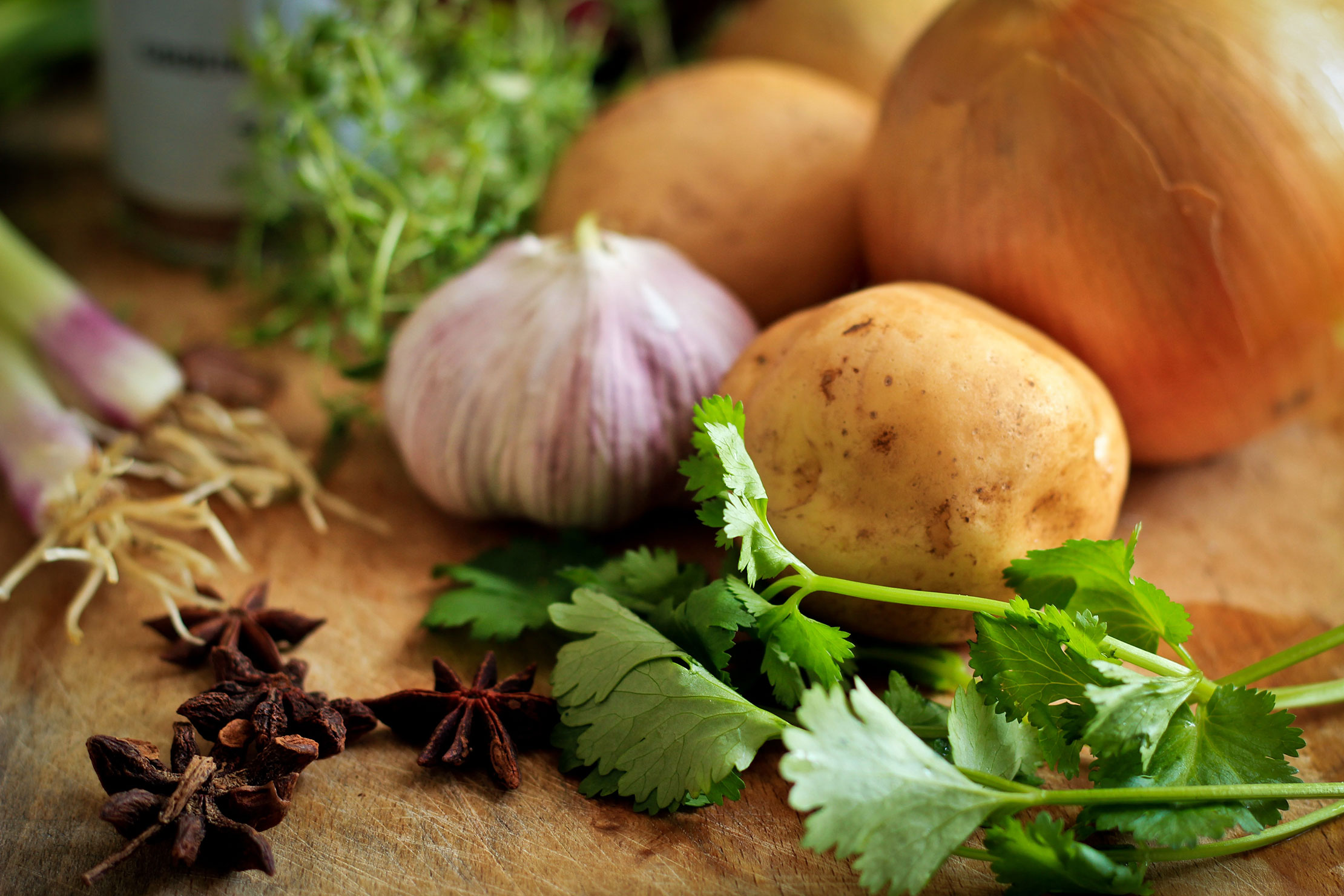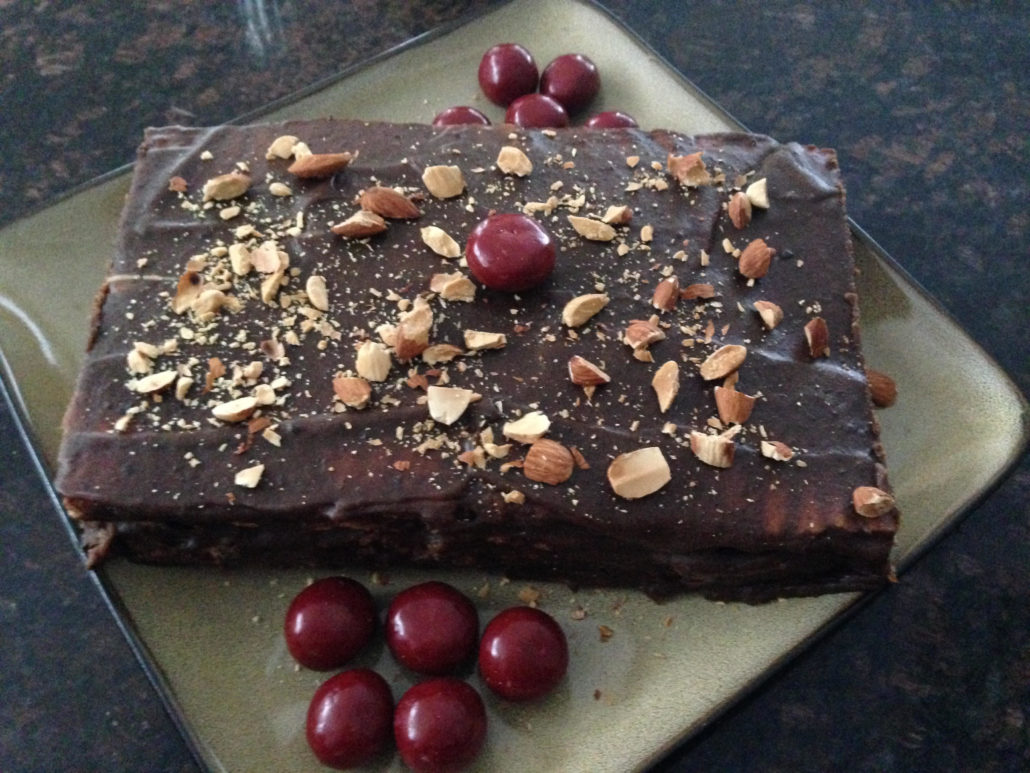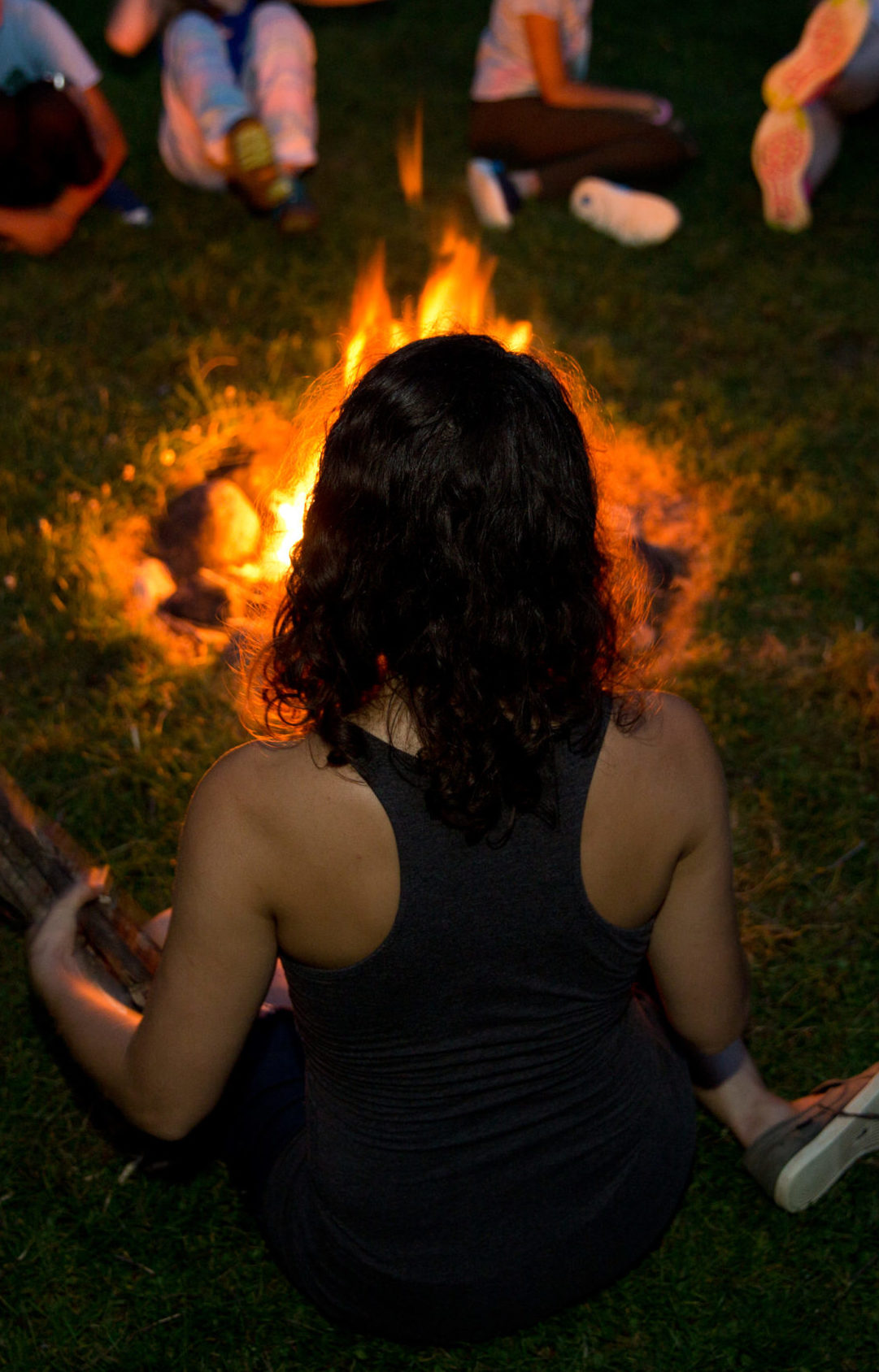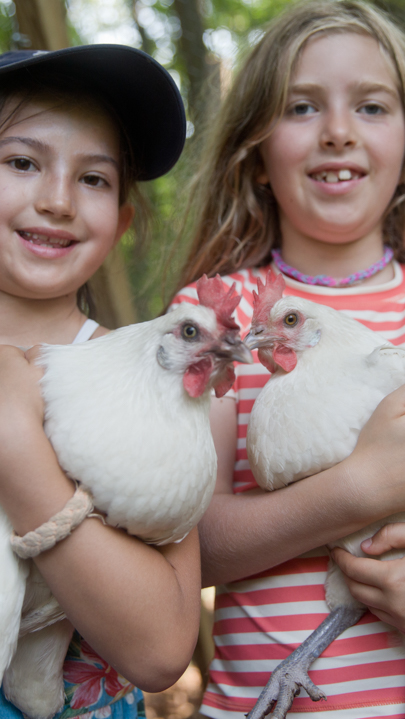Birthday Cake

Eva Szigeti gives us a recipe for birthday cake (the kind of cake one dreams about).
We may not think of the kitchen as a place where decisions regarding risk-taking are being made. Personally, with every approaching birthday in the family, I find myself faced with a dilemma: to bake or not to bake (the birthday cake, of course). I consider the pros and cons. There is the safe solution: walking into a pastry shop and purchasing a fine cake. Or the risky one: making one at home from scratch.
The idea of honoring someone’s birthday by investing my time and energy into a handmade gift or homemade cake is appealing to me. Motivation for risk-taking in this case is not financial or political gain, nor fame, but simply giving. The cake will not only please (hopefully) the taste buds of the birthday boy or birthday girl, it will also stand as a symbol of my love and care. But is it worth the risk?
Risk-taking can be exciting as well as stressful. I choose to focus on the exciting part and I hope that the stressful aspect will never materialize. As long as everything goes well, I will be safe. Of course it is easier said than done. Many things can go wrong when baking a cake. Not only is it much harder to bake a good cake than it is to cook a soup or stew, but usually there are fewer opportunities for troubleshooting. To a soup, one can always add more salt, seasoning, or liquid; the stew can be tasted anytime during cooking and there are tricks that can save even a stew that turned out to be too salty. A cake is different. Once the batter is in the oven, we have no control (except for the baking time and temperature), its fate has been sealed.
One day, I decided to take a double risk and bake a cake I have never made before. Not just any cake, a cake with history. This central European classic can be found in pastry shops of Vienna and Budapest under the name Esterházyschnitten (Esterházy slices) or Esterházy torta (Esterházy cake). The cake was invented in the late 19th century in Budapest and named after a member of the wealthy Esterházy dynasty. As the recipe traveled from one city of the Austro-Hungarian Empire to another, every confectioner added his touch, and many variations of the original recipe were born. My search for the authentic recipe led to an array of recipes, some of them quite different from one another. After careful consideration, I decided to use two of them. One for the nut meringue layers; the filling I imagined would taste better if I followed another recipe.
For a not-very-experienced cake baker like myself, the notion of taking risks also comes with exploration. In the late night solitude of my kitchen, I am entering unknown territory where qualities of meringue and buttercream filling will be explored, and where experiments will be conducted as to what extent the amount of sugar can be lowered without compromising the taste or texture of the cake. It is a place where my patience will be tested, where I try not to give up when the freshly baked meringue sheet starts to break apart as I peel off the parchment. I will need to be ready for a compromise and give up the original fondant icing in order to save the looks of my cake.
A little after midnight, the cake is done. I must admit, it doesn’t look like an Esterházy torta at all: instead of the signature spiderweb-like chocolate pattern on white fondant glazing, mine is glazed with chocolate. To improve the aesthetics of my cake (I should say to cover up the uneven surface), the top is decorated with slivers of toasted almond and a few sour cherries. My final conclusion is that the cake looks good enough after all to be called a birthday cake and to be given as a gift. Now it has to rest overnight for the layers to come together. I won’t know how it tastes until tomorrow, but hopefully the work was worth the risk. It usually is.
As birthdays remind us of life lived and the years that are already behind us, we can think of becoming pastry chefs for a night and going to a slightly unsafe place, not only as a gift to a friend or family member, but as a gift to ourselves.

The Cake (Almond Meringue Cake with Coffee Buttercream)
In our family, this cake has become the ultimate birthday cake and we refer to it simply as The Cake. My recipe for The Cake is yet another variation on Esterházy cake. Although it is traditionally a round cake, I prefer to bake rectangular sheets of meringue because they are more forgiving and easier to troubleshoot.
This is a gluten-free cake without any compromises.
Meringue layers
2 cups sliced almonds or walnuts (almonds are typically used in Vienna, walnuts in Budapest)
10 large egg whites
1 ½ cups sugar
In a food processor process the nuts with ½ cup of sugar until the nuts are finely chopped.
Using an electric mixer, beat the egg whites until soft peaks form. Add the sugar and beat until shiny peaks form. Fold in the nuts.
Spread ¼ of the mixture in a 17 x 11 jelly-roll pan lined with parchment. Bake in a preheated oven on 350 F for about 20 minutes. While the first batch bakes, store the rest of the meringue in the refrigerator. Take the baked meringue out of the oven and while still hot, carefully invert onto a cutting board. Peel off the parchment.
Repeat the process and bake all four meringue layers. Don’t worry if the sheets break, they can be put together when layered with the buttercream.
Buttercream
1 ½ cup sugar
10 egg yolks
¾ cup strong brewed coffee
2 tablespoons cocoa
1 teaspoon vanilla extract
4 sticks butter
In a bowl combine all ingredients except for the butter. Whisking constantly over a saucepan of simmering water bring to a boil. Let cool down.
Add butter to the lukewarm pastry cream and mix with electric mixer.
Chocolate Glaze
8 ounces bittersweet chocolate
3 tablespoons butter
1 tablespoon sugar
4 tablespoons milk
In a bowl combine pieces of chocolate, butter and sugar. Melt over a saucepan of simmering water. Add milk, mix until smooth.
To assemble: Alternate meringue layers with buttercream. Save the best meringue sheet for the top. Glaze the top and sides with chocolate glaze.
This is a large and very rich cake. It will serve 12-15 people.
This cake has to sit overnight before being served. The brittle meringue will absorb the moisture and flavors of the buttercream, it will soften and lose all the qualities of meringue. No one will be able to tell that this is a flourless cake.




